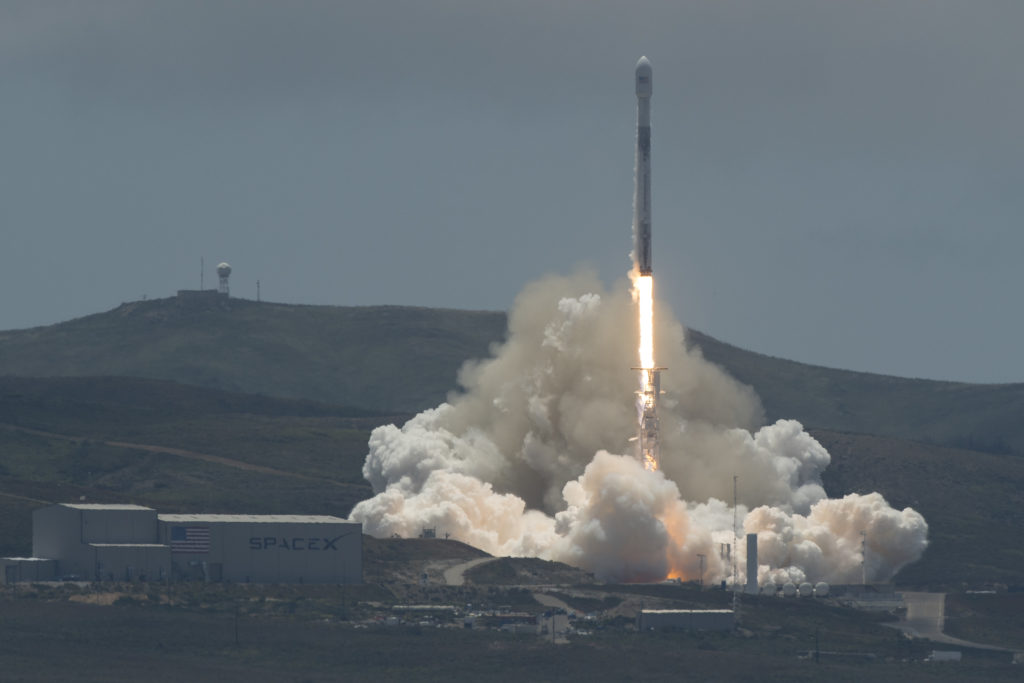
Telemetry from both GRACE-FO satellites indicates that both satellites are healthy.
For the next few days, they will be in different orbits, one slightly lower than the other. The different orbits cause them to move apart until the lower satellite is 137 miles (220 kilometers) in front of the other, the optimal separation distance for their measurements. At that point, the lower satellite will be moved up into the same orbit as the higher satellite.
After these maneuvers, the mission begins an 85-day in-orbit checkout phase. Mission managers will evaluate the instruments and satellite systems and perform calibration and alignment procedures. After that, the satellites will begin gathering and processing science data. The first science data are expected to be delivered to users in about seven months.
